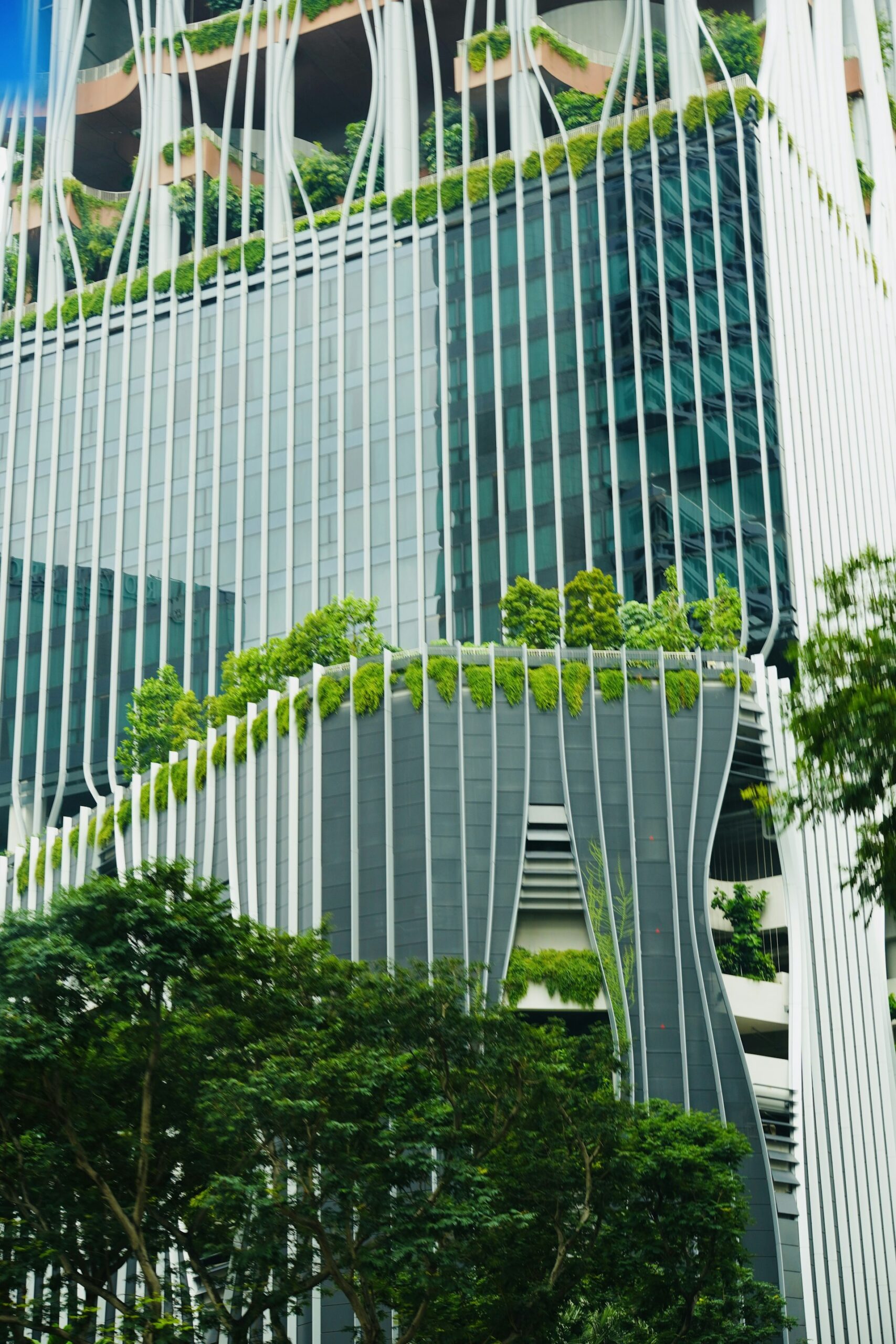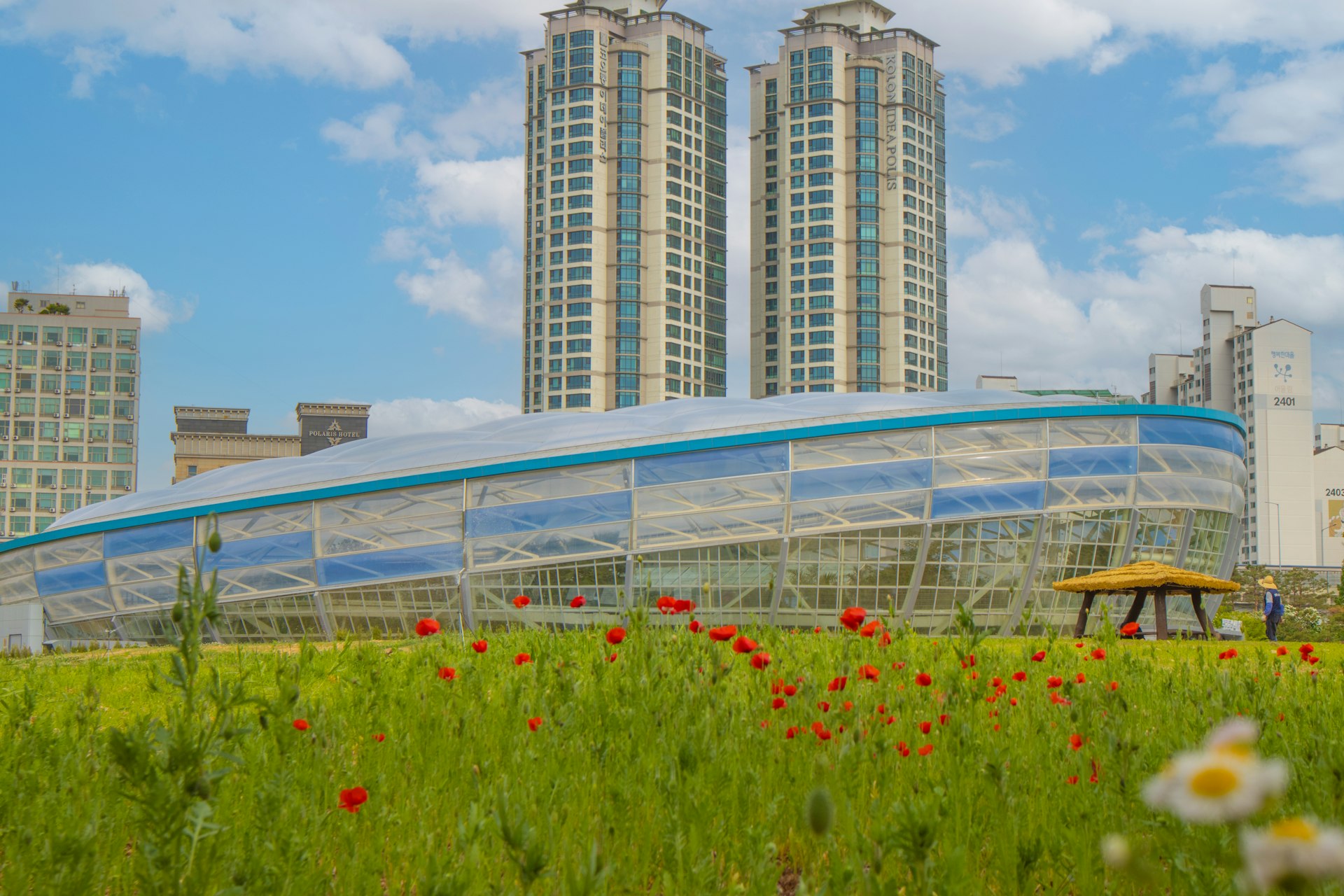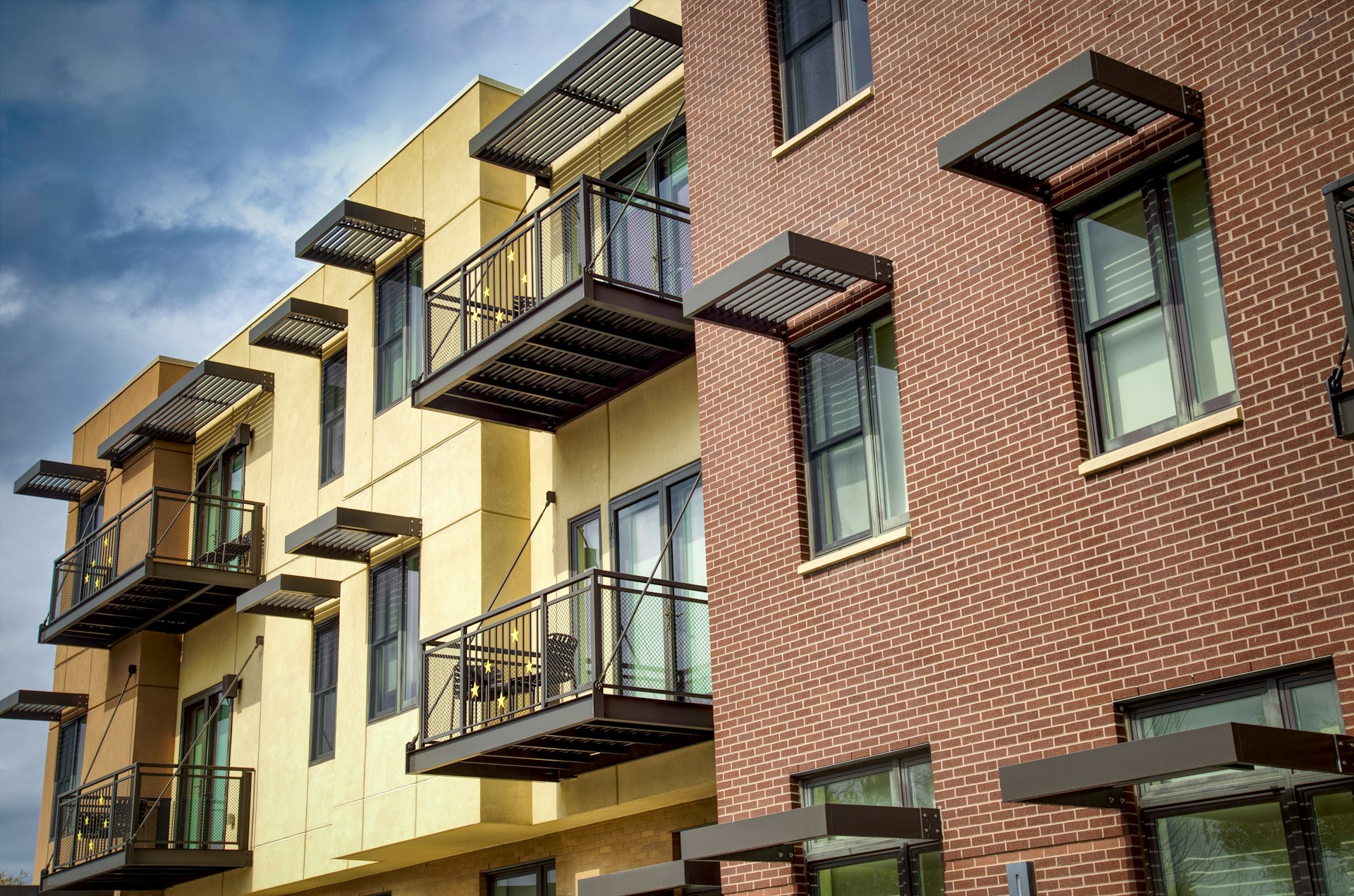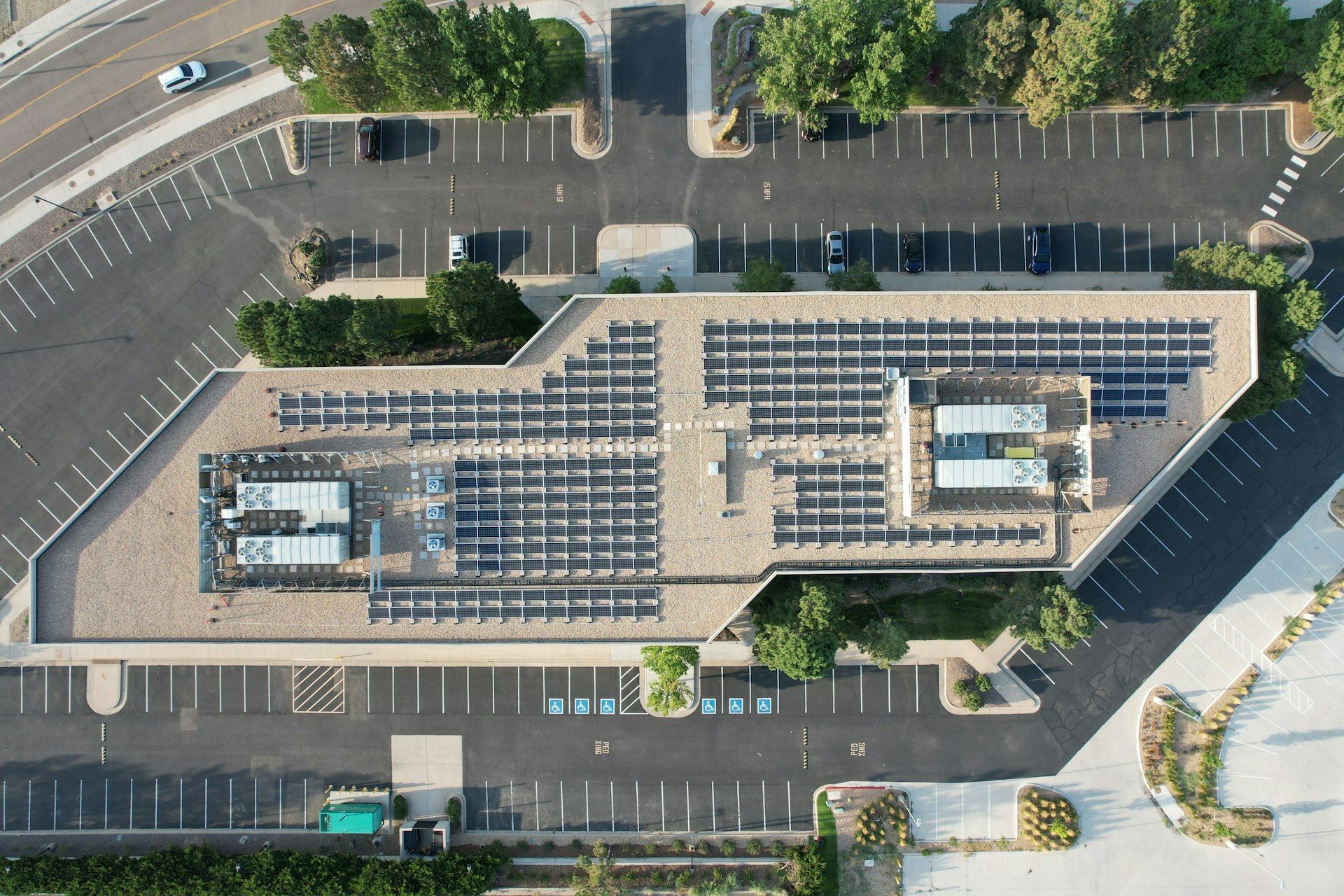Urban Farming Meets Real Estate: Shaping Sustainable Cities for Tomorrow

Photo by yeojin yun on Unsplash
Introduction: Redefining Urban Spaces Through Farming Innovation
The landscape of urban real estate is undergoing a profound transformation as urban farming becomes a key driver of sustainable development. By merging agriculture with property development, cities are reimagining underused spaces, enhancing food security, and boosting economic resilience. In 2025 and beyond, the integration of urban farming and real estate promises lasting benefits for developers, property owners, communities, and the environment. [1]
The Promise of Vertical and Urban Farming
Urban farming refers to the cultivation of crops and sometimes livestock within city environments. The most advanced form, vertical farming , stacks crops in layers using hydroponic, aeroponic, or controlled-environment agriculture (CEA) technologies. This approach enables year-round production, minimal water use, and efficient land utilization. [2] These innovations are not only feeding cities but also changing how property is valued and utilized.
Impact on Property Development and Value
Developers are increasingly incorporating urban farms into mixed-use buildings, rooftops, and repurposed industrial sites. Such integration transforms previously underutilized spaces into productive assets, while also creating unique selling points for residential and commercial properties. [1] Buildings with integrated food production systems can command premium rents and attract environmentally conscious tenants.
As demand for local, sustainable food rises, properties with urban farming facilities are seeing increased market value. By 2025, sustainable agriculture practices could raise farmland value by up to 15% in urban-adjacent areas. [4]

Photo by Arthur Tseng on Unsplash
Repurposing Urban Spaces
Urban farming facilitates the conversion of vacant warehouses, factories, and offices into vibrant green spaces. [2] Rooftop farms and indoor vertical gardens maximize land use and contribute to community aesthetics. These projects often enhance air quality, reduce heat island effects, and support urban biodiversity.
Economic Incentives and Revenue Opportunities
Integrating urban farms into real estate developments unlocks new revenue streams for property owners. Options include leasing space to farm operators, selling locally grown produce, and hosting agritourism events. For example, cities like Washington, DC offer property tax abatements-up to 90%, capped at $20,000-for buildings used for urban farming. [5] Additionally, grants from the USDA and local governments support urban farm startups, helping offset initial investment costs. [5]
For those interested in accessing financial incentives:
- Contact your city’s Department of Agriculture or Economic Development to inquire about urban farm tax abatements and grant programs.
- Search for the “USDA Urban Agriculture Toolkit” for comprehensive guidance on starting urban farms and available funding opportunities.
- Consult local zoning offices about permissible uses for urban farming in existing buildings.
Technological Advancements Driving Integration
New technologies-hydroponics, aquaponics, AI-driven environmental controls, and IoT monitoring-have made urban farming more productive and cost-effective. These systems enable precise management of water, nutrients, and light, maximizing yields in limited spaces. [3] Satellite analytics and blockchain are also being used for optimizing land use and improving transparency in urban farm operations. [4]
To implement these technologies:
- Consult with smart farming technology providers for solutions tailored to building size and crop types.
- Explore partnerships with agricultural schools, urban farm startups, or tech incubators for pilot projects.
- Attend local workshops or webinars on hydroponics and vertical farming to build expertise.
Challenges and Solutions
While the potential is significant, integrating urban farming into real estate comes with challenges:
- Zoning and Regulation: Navigating zoning laws and building codes can be complex. Engage with city planning departments and seek legal advice to ensure compliance. Many cities are updating regulations to accommodate urban agriculture.
- Initial Investment: The upfront cost for infrastructure and technology can be substantial. Leverage grants, tax incentives, and cooperative partnerships to offset expenses. [5]
- Skill Set: Success requires expertise in both farming and property management. Consider hiring or consulting with professionals in each field, or pursuing joint ventures.
Alternative and Complementary Approaches
Urban farming can take many forms within real estate, including:
- Agrihoods: Residential communities centered around shared farms, offering amenities and fostering social engagement. [4]
- Community Gardens: Smaller-scale projects managed by residents or nonprofits, improving food access and community health.
- Office Greens: Integration of gardens and green spaces within office buildings, improving indoor air quality and employee well-being. [5]
Each model offers unique benefits and challenges. Select the approach that best fits your property type, community needs, and available resources.
Step-by-Step Guidance for Getting Started
- Assess Property Potential: Evaluate your building’s physical features, sunlight exposure, and available space for farming.
- Research Local Regulations: Contact your city’s zoning office or planning department to identify permissible uses and necessary permits.
- Explore Incentives: Inquire with local government offices about tax abatements, grants, and technical assistance programs for urban farming.
- Form Partnerships: Connect with experienced urban farmers, agricultural consultants, or technology providers to design and operate your farm.
- Develop a Business Plan: Estimate costs, revenue projections, and community impact. Consider direct sales, leasing models, and event hosting.
- Implement and Monitor: Install systems, train staff, and use smart technologies to optimize production and efficiency.
Looking Ahead: Trends and Opportunities
The future of urban farming and real estate integration is bright. Trends indicate continued growth in vertical farming and agrihoods, increased adoption of smart technology, and expanding policy support. As cities seek to become more resilient and environmentally conscious, urban farming will play a pivotal role in shaping healthy, sustainable communities. [1]
To stay ahead, real estate professionals and community leaders should:
- Monitor policy changes and new incentive programs at local, state, and federal levels.
- Engage with sustainability experts and urban planners for best practices and innovative ideas.
- Participate in industry conferences and workshops focused on urban agriculture and real estate development.
Conclusion: Building Resilient Cities Through Urban Farming
The integration of urban farming into real estate is more than a trend-it is a transformation of how cities function and thrive. By leveraging technology, embracing sustainable practices, and pursuing collaborative models, property owners and developers can unlock new value while contributing to healthier, greener urban environments. Whether through vertical farms, agrihoods, or community gardens, the future lies in creating spaces that nourish both people and the planet.
References
- [1] Phantom Lattice (2025). Urban Vertical Farming: A New Frontier in Real Estate Development.
- [2] Modula World (2025). The Rise of Vertical Farming in Urban Real Estate.
- [3] LynkMe SmartCards (2024). The Expansion of Urban Farming in Real Estate.
- [4] Farmonaut (2025). Agriculture Real Estate: 2025 Trends In Farming Land.
- [5] ArentFox Schiff (2025). Money Trees (and Office Greens): Why Real Estate Developers are Transforming Vacant Spaces.
MORE FROM smartsavingsfinder.com













